Early mornings in Lao Chai village always begin with a thin layer of mist like a white veil covering the golden roofs of the houses. The whole village seems to be immersed in a dream, where clouds and mountains blend together, where the sound of roosters crowing and children playing echoes in the clear space.

Tourists take souvenir photos with local people at the Lao Chai village community cultural house.
At an altitude of more than 2,000m above sea level, Lao Chai village is covered in clouds all year round. 100% of the residents there are Ha Nhi people - an ethnic group famous for their harmonious, hard-working lifestyle and close attachment to the mountains and forests. Each house is built with yellow clay walls, with a moss-covered corrugated iron roof, standing silently in the valley, as solid as the character of the people here.
In every season, the Ha Nhi people always live together and take care of each other. When harvest time comes, they “exchange labor” - one family helps another family harvest rice, then take turns until the whole village has finished harvesting. After each bumper crop, the “eating new rice” ceremony is held bustlingly in each family.
In the flickering firelight, the Ha Nhi people's meal trays are served very cozy: a bowl of fragrant sticky rice, dried buffalo meat with the rich flavor of the mountains and forests, a dish of stir-fried village chicken with spicy and sour chili, a plate of boiled green wild vegetables. Each meal tray is not only a meal but also a meeting, an opportunity for the whole village to share joy, wishing each other a more bountiful harvest in the coming season. Sticky rice - a gift from the land of Y Ty has a shimmering purple color, the sticky aroma of new rice. The Ha Nhi people say that eating a bowl of sticky rice is eating the sweetness of the fields, the fullness of a year of hard work.
In the center of Lao Chai village, there is a very special water source, affectionately called “the village’s water eye” by the locals. For generations, that clear stream of water has been flowing steadily from the ground, cool all year round, feeding many generations of Ha Nhi people. I bent down and scooped up a mouthful of water in my palm – the water was so cool that it numbed my tongue, and the sweet taste seemed to have the breath of the mountains and forests mixed in.
Mr. Chu Che Xa, Chief of Lao Chai village, leaned against the mossy stone wall, his kind eyes looking into the distance. He smiled, squinted his eyes and spoke to me in a slow but warm voice: “I don’t remember when the water source appeared, I only know that it has been there since I was born. That water source has nourished generations of Ha Nhi people in the village. Rain or shine, the water still flows clear and cool all year round.”
He said that in the past, villagers still went to the source to draw water for daily use - cooking rice, making tea, bathing, and even drinking directly on the spot. Every morning, when the mist still covered the valley, the sound of people's footsteps echoed among the murmuring sound of flowing water. Ha Nhi women carried water on their backs, children ran after them, their clear laughter mixed with the mist.
By 2011, the Y Ty Border Guard Station had supported the people in building a water tank for daily use, channeling water into a neat and hygienic system. Since then, this has not only been a source of life, but also the heart of the community, where people meet and chat every morning. Mr. Xa said: "In my village, as long as there is running water, the village will be well-fed and warm."
Listening to him, I suddenly understood why the Ha Nhi people are always so attached to and grateful for that stream, not only because it gives them a source of life, but also because around the water source are so many memories, so many stories about village love, about a simple life but full of love in the great Y Ty forest.
Every morning, when the mist has not yet cleared, the Ha Nhi children carry their bowls and chopsticks to the water source. Without anyone telling them, they wash the dishes and chat away, their laughter blending with the sound of flowing water. The scene is simple yet strangely beautiful - an unadorned beauty, but enough to make the traveler from afar stop for a long time to listen to the breath of life in the high mountains.
In the era of strong tourism development, Lao Chai village still retains its pristine appearance. The person who has made great contributions to this preservation is Mr. Chu Che Xa - the village chief who is closely involved in the preservation of the cultural identity of the Ha Nhi ethnic group. He is the pioneer in mobilizing people to preserve the architecture of the rammed earth houses, preserve festival customs, and at the same time expand the direction of sustainable community tourism development.
Thanks to the cooperation of the local people and authorities, Lao Chai village has now become a favorite stop for tourists when coming to Y Ty. The rammed earth houses have been renovated into homestays, still in their original form but with more amenities. Tourists can stay, enjoy beer brewed by the Ha Nhi people according to a very unique and special recipe that only they have, eat sticky rice, and welcome the sunrise with the Ha Nhi people on the sea of clouds.
When the first rays of sunlight penetrate through the bamboo groves on the side of the neck, the mist gradually dissipates, the rammed earth roofs appear clearly in a warm yellow color. The sound of roosters crowing, the sound of children playing, the sound of the stream flowing blends into a peaceful village music. Lao Chai village in the early morning is simple but strange. Not noisy, not flashy, only the sound of the stream flowing gently, the sound of roosters crowing from afar and the smell of kitchen smoke seeping through each warm yellow rammed earth house. Thin layers of mist like white silk drape across the mountainside, covering the moss-covered corrugated iron roofs in a magical color. In the valley, the terraced fields of the harvest season still have the remaining smell of dry sticky rice straw, mixed with the scent of new rice wafting in the wind.
The Ha Nhi people have started a new day. From the small windows, kitchen smoke wafts out, entwining with the clouds, the scent of sticky rice permeates the entire village. Children chatter and run to the ancient water source, their tiny hands washing dishes, scooping water, playing with clear laughter. In another corner, a few men are preparing to go to the fields, carrying hoes and shovels on their shoulders and smiling brightly. Everything is strangely peaceful, a peace that cannot be found in the middle of a noisy city.
Standing in the middle of the dirt yard, I looked up at the clouds drifting over the mountain top, and felt my heart calm down. Lao Chai village - where clouds and people blend into one - has a beauty that is both wild and warm, both real and dreamlike. Anyone who visits once will carry in their heart a vague nostalgia, as if they had belonged to this place a long time ago.
Source: https://baolaocai.vn/theo-buoc-suong-som-ve-thon-lao-chai-post885783.html



![[Photo] Prime Minister Pham Minh Chinh chairs the second meeting of the Steering Committee on private economic development.](https://vphoto.vietnam.vn/thumb/1200x675/vietnam/resource/IMAGE/2025/11/01/1762006716873_dsc-9145-jpg.webp)




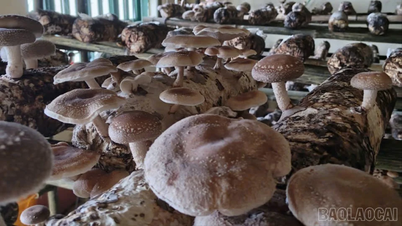
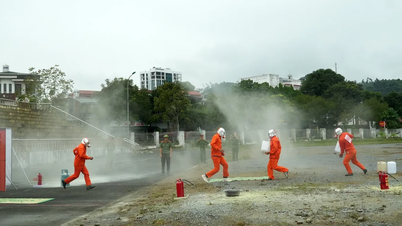
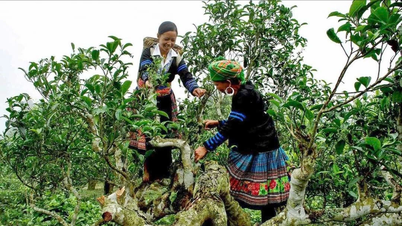
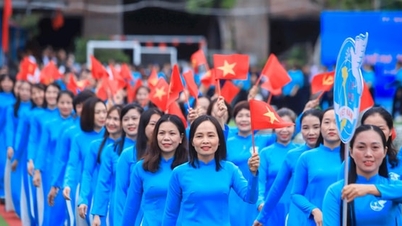

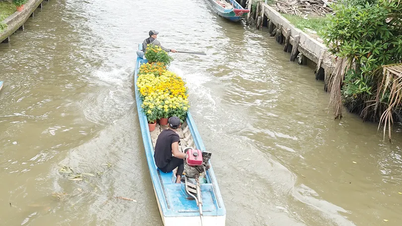






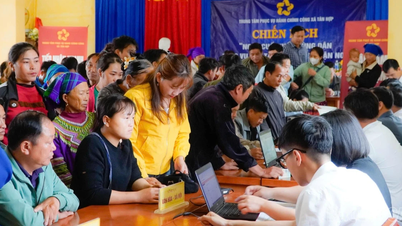
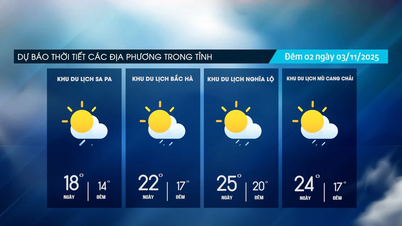

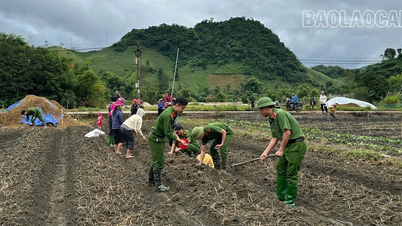
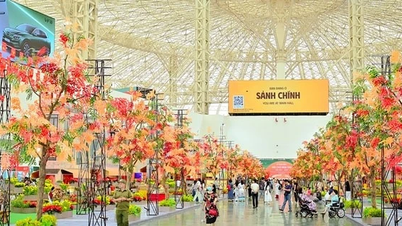

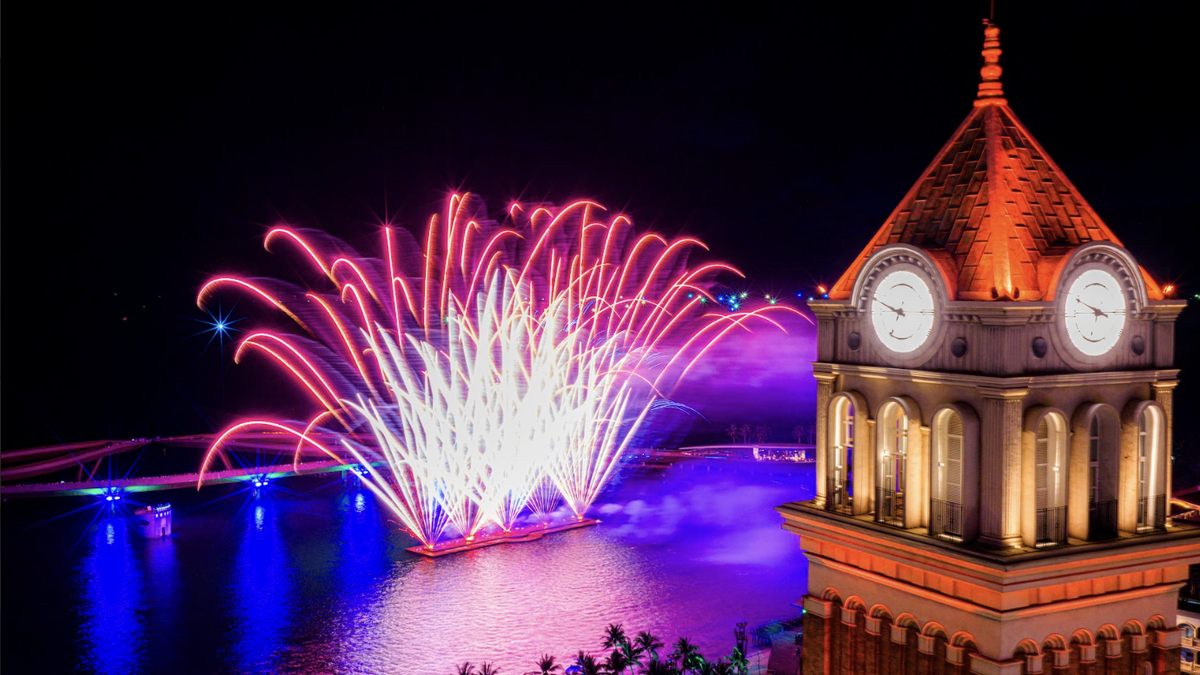
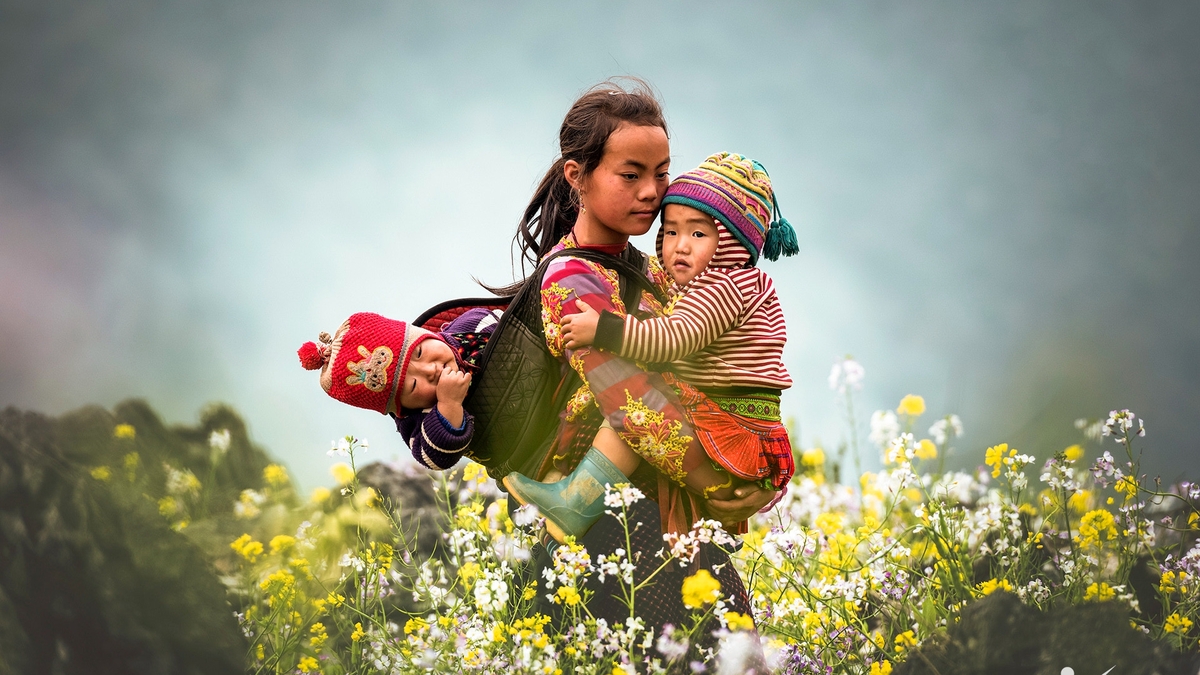




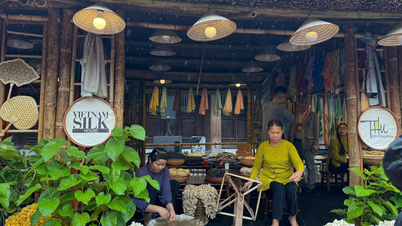





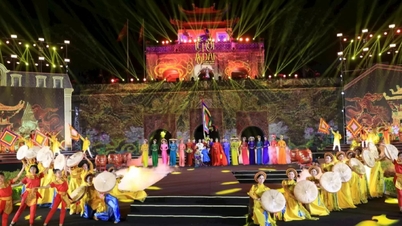









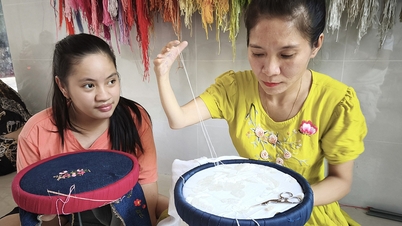













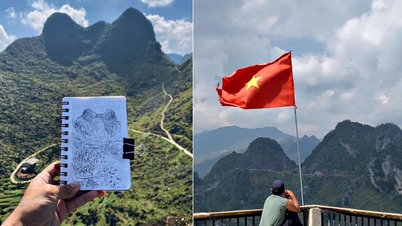


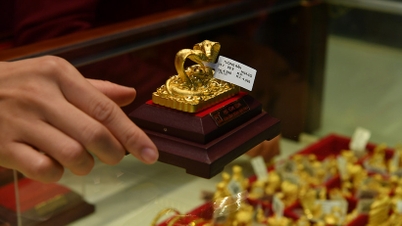

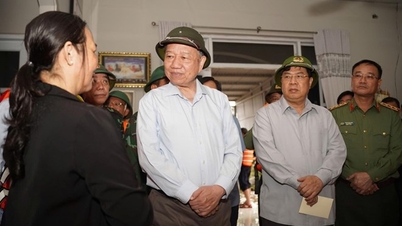








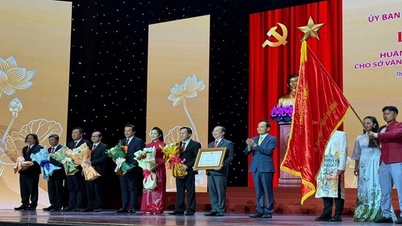



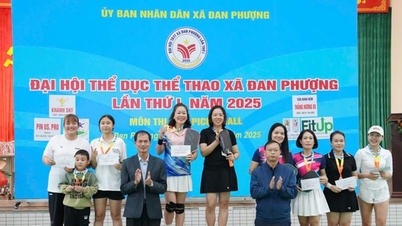




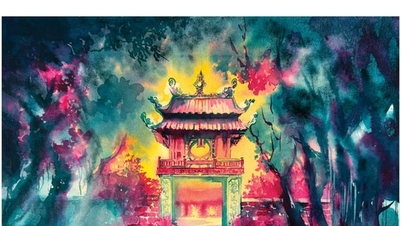















Comment (0)